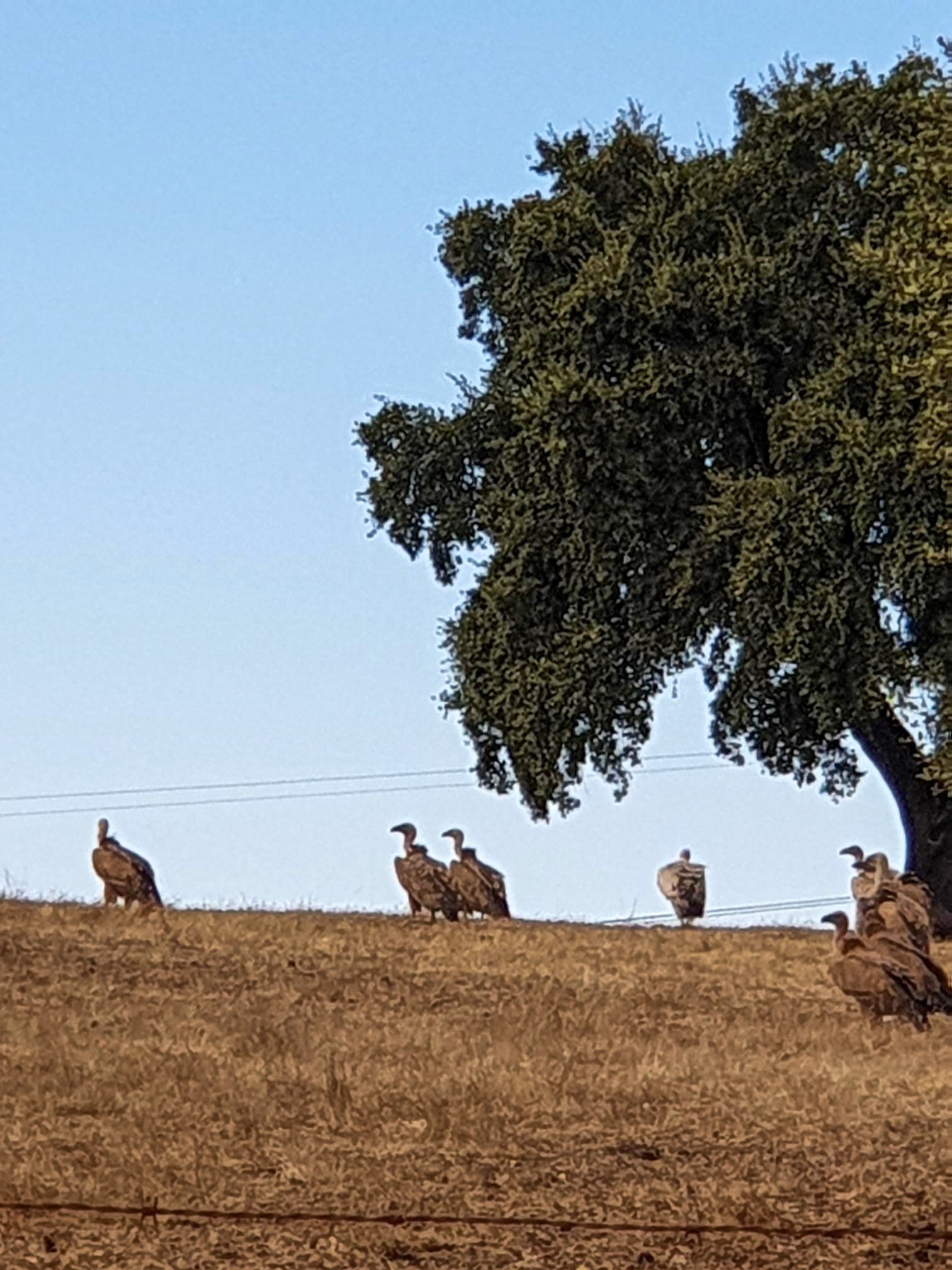Fall Lambing Challenges and Bluetongue Virus Impact
This year’s fall lambing season has been nothing short of a disaster. Typically, my flock of Merinos has smooth deliveries with minimal intervention, but this year has been very different. A few ewes required assistance during lambing, which is unusual. Unfortunately, five of these cases ended with the delivery of stillborn lambs. All were large singles, and upon further investigation, it was confirmed that they were victims of bluetongue disease.
Although the bluetongue virus is noncontagious, it has caused significant losses this year, with many farmers reporting an average mortality rate of 25% in their flocks. While our mortality rate has been lower, the presence of these stillborn lambs proves that our ewes were indeed infected. We strongly suspect that the virus was introduced to our flock by a neighboring farmer, whose sheep had likely been exposed. The severity of the situation even attracted vultures to the area—an unsettling first for us. Known as the ultimate scavengers, vultures can locate carrion from miles away due to their keen sense of smell. Coincidentally (or not), we have not seen them since the neighbouring farmer relocated their flock to another property, reducing the risk of further exposure.
The bluetongue virus thrives in warmer temperatures, but it dies off as temperatures drop. Only now, after the first week of December, have temperatures begun to consistently fall, bringing some relief. Infections in flocks generally do not persist for more than 60 days, and we have intensified our control measures to ensure the situation is managed effectively.
While this has been a trying season, we remain hopeful that the cold weather and our proactive efforts will bring the outbreak to an end.
On a brighter note, with Christmas approaching, we made the timely decision to sell our turkeys. This is the perfect season for turkey sales, and letting them go has also simplified our poultry management. Now, the ducks, geese, and chickens have more space.
This season has been challenging, but it has also been a reminder of the importance of adaptability and forward thinking. With the lessons learned and new plans in place, we’re feeling positive about the future. As Christmas draws near, we’re looking ahead to a more prosperous new year.
Ducks, geese, and chickens have more space now.


